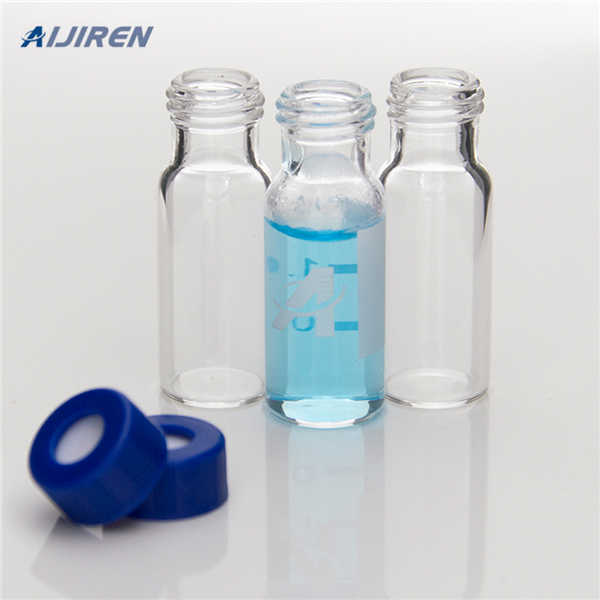
12. Label each prepared syringe with the provided pre-printed protocol-specific participant labels. a. Complete the syringe label with the following information: Participant ID, Participant Initials, Dose, Vaccine Preparation Date and Time, Expiration Date and Time, Pharmacist Initials 13. Repeat Steps 10 through 12 for study participants. a.
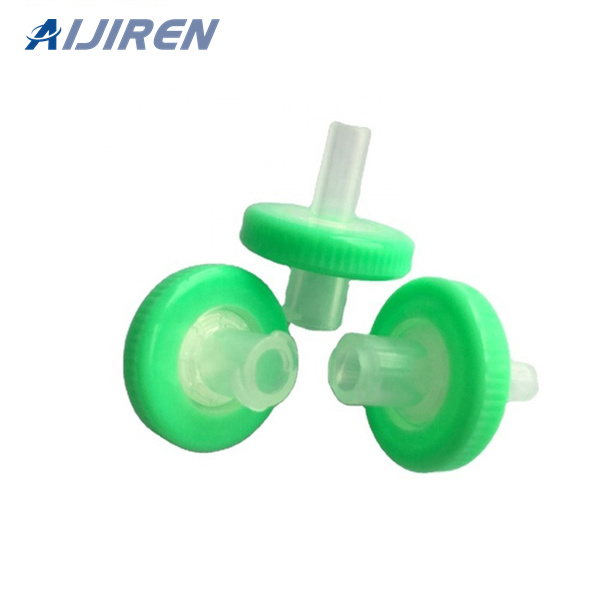
A syringe filter (sometimes called a wheel filter if it has a wheel-like shape) is a single-use filter cartridge. It is attached to the end of a syringe for use. Syringe filters may have Luer lock fittings, though not universally so. The use of a needle is optional; where desired it may be fitted to the end of the syringe filter.
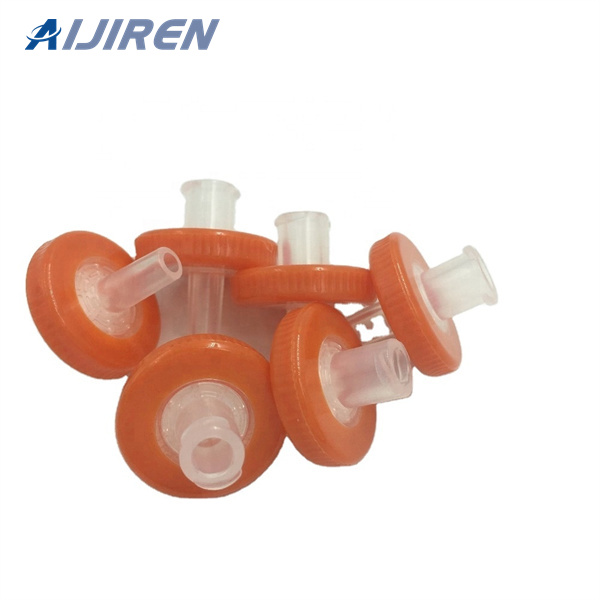
Apr 23, 2019 · In March 2018, the US Food and Drug Administration (US FDA) approved the ranibizumab 0.3 mg prefilled syringe (PFS) as a new method of administering intravitreal injections for the treatment of diabetic retinopathy and diabetic macular edema. 12, 13 The ranibizumab 0.5 mg PFS was cleared by the US FDA in 2016.
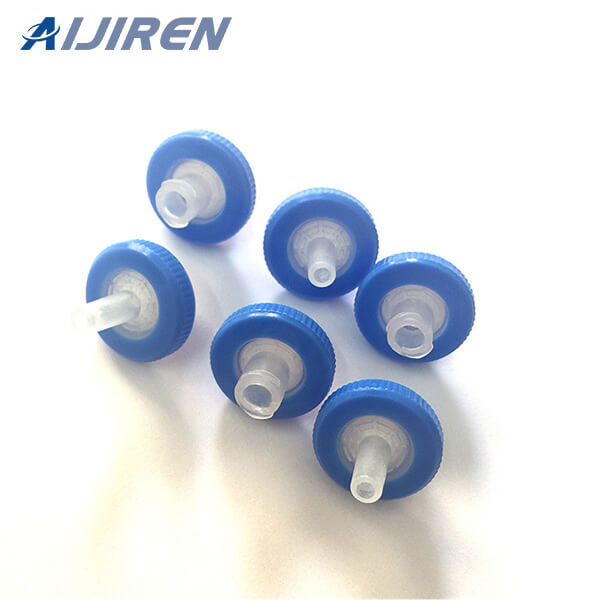
Vaccine providers should observe strict aseptic technique when reconstituting and drawing vaccine into the syringe. Prior to withdrawal of vaccine into the syringe, the vaccine vial should be uncapped, the stopper wiped with a suitable disinfectant (e.g., isopropyl alcohol) and the stopper allowed to dry.
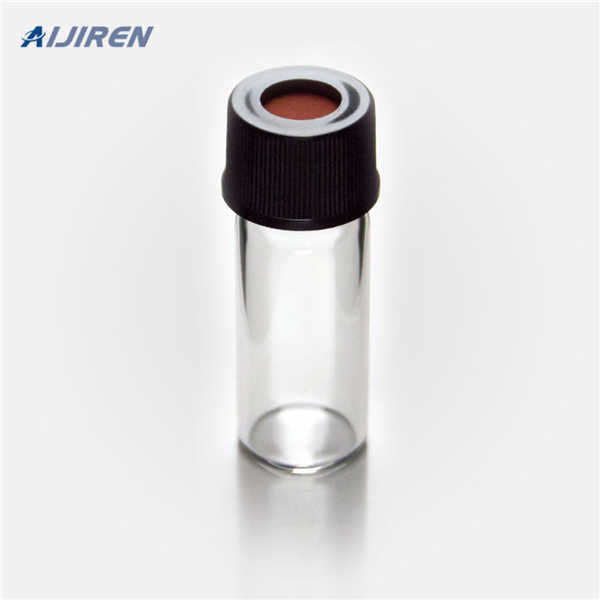
Aug 11, 2019 · This chart is an update to the 2012 article published in Hospital Pharmacy on injectable drugs to be used with a filter. 1 To update the chart (see Table 1 ), drugs approved from December 2011 to April 2019 were reviewed to determine if they require filtration upon preparation or administration.
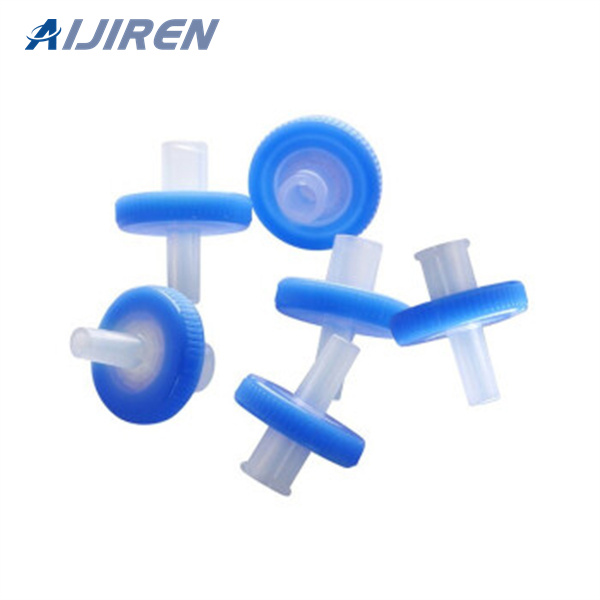
COVID-19 Vaccine Administer immediately For each additional dose, use a new sterile syringe and needle and ensure the vial stopper is cleansed with antiseptic before each withdrawal. Verify the final dosing volume of 0.3 mL. Multiple Dose Vial The Pfizer-BioNTech COVID-19 Vaccine Multiple Dose Vial, when diluted, contains 5 vaccine doses.

Irrespective of the type of syringe and needle used: • Each dose must contain 0.3 mL of vaccine . If the amount of vaccine remaining in the vial cannot provide a full dose of 0.3 mL, discard the vial and any . excess volume • Do not pool excess vaccine from multiple vials. 3. Immediately administer the vaccine intramuscularly and no later
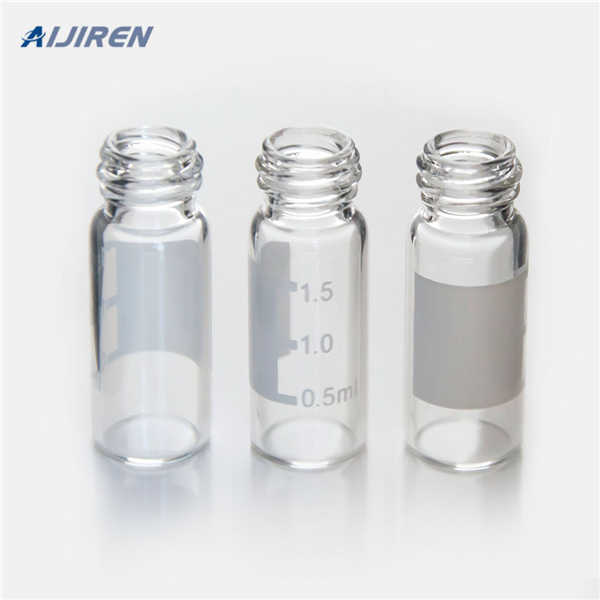
May 25, 2020 · Samples were adjusted to 0.5–1 g/L with ultrapure water and filtered with a 0.2 μm syringe filter. Sample preparation and image analysis were conducted similarly to previous studies with chimeric HBcAg VLPs (Rüdt et al., 2019). Hydrophilization and staining solutions were 1% (w/v) alcian blue 8GX (Alfa Aesar, Ward Hill, MA, United States
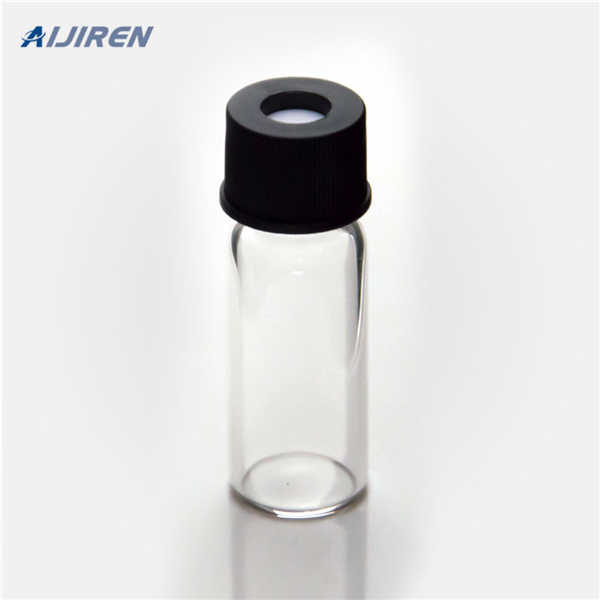
Health care personnel should complete proper hand hygiene before preparing vaccines. Use a separate needle and syringe for each injection. Always check the expiration dates on the vaccine and diluent, if needed. Some syringes and needles have expiration dates, so check those, too.
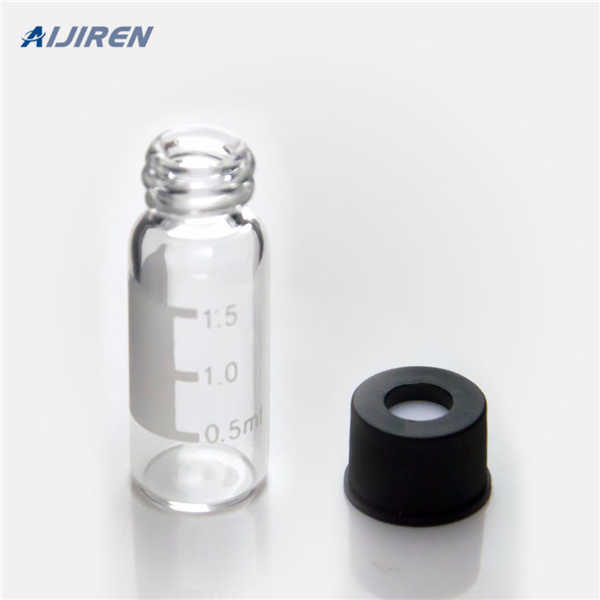
The safest practice is to always enter a medication vial with a sterile needle and sterile syringe. There has been at least one outbreak attributed to healthcare personnel using a common needle and syringe to access multiple multi-dose vials for the purpose of combining their contents into a single syringe [ 14 ].
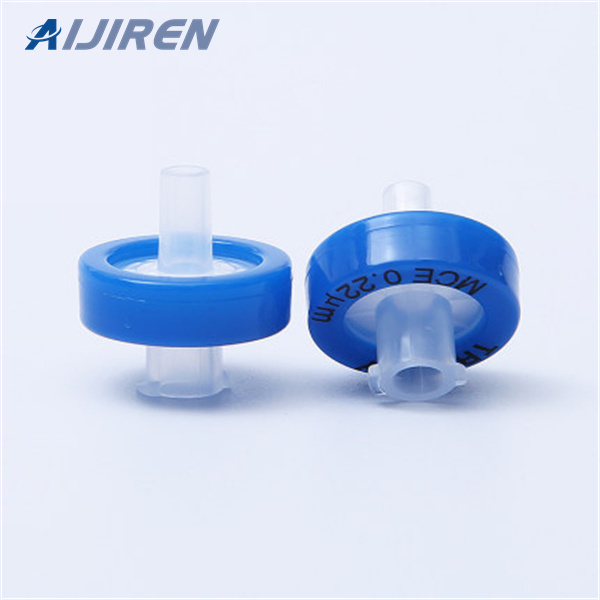
8. Label each prepared syringe with the provided pre-printed protocol-specific participant labels. a. Complete the syringe label with the following information: Participant ID, Participant Initials, Dose, Vaccine Preparation Date and Time, Expiration Date and Time, Pharmacist Initials 9. Repeat Steps 5 through 8 for study participants. a.

1.2 How do Vaccines Work? 1 1.3 Vaccines and Vaccination 2 1.4 Vaccine Handling and storage 3 2. Hatchery Vaccination 4-11 2.1 In-Ovo Vaccination 4 2.2 Marek’s Vaccine Preparation 5 2.3 Marek’s Vaccine storage 6 2.4 nitrogen storage tank Maintenance 7 2.5 subcutaneous (sC) or Intramuscular (IM) Injection at Day of Hatch 8
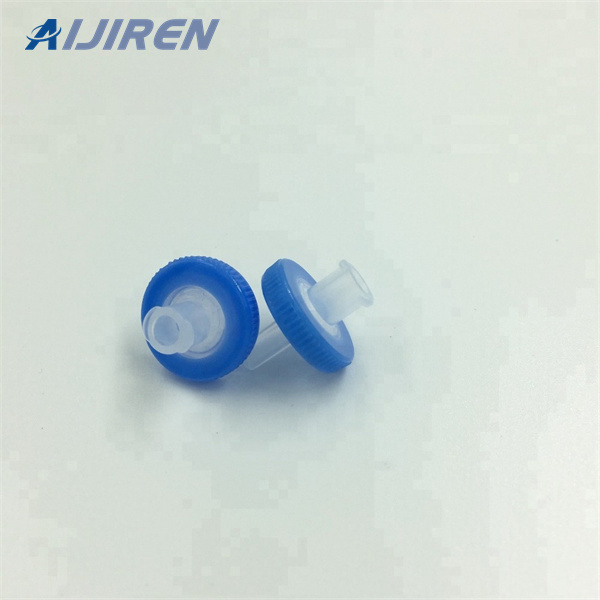
Jul 3, 2023 · Pfizer and BioNTech have the following COVID-19 vaccine formulations for: Children ages 6 months - 4 years old: Monovalent vaccine (with a maroon vial cap ) Only authorized for the first two doses of the three-dose primary series: two doses (0.2 mL), at least three to eight weeks apart. Bivalent vaccine (with a maroon vial cap and different label.
.jpg)
Oct 20, 2023 · BCG vaccine should be injected using a 0.1 ml syringe; for all other EPI vaccines, use a 1 ml syringe. Disposable syringes are supplied in sterile plastic packages and are designed to be used once only and then put into a safety box. The safest type recommended by the World Health Organization is the auto-disable (AD) syringe (Figure 4.3). This
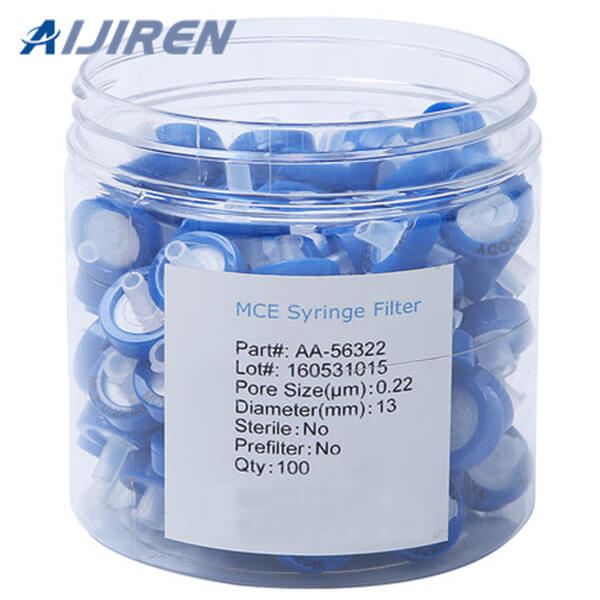
Mar 5, 2021 · Syringe and Needle Type Maximize doses withdrawn from vials (at least 6 doses) by utilizing low-dead volume (LDV) syringes/needles whenever possible. Practice settings that may not have adequate quantities of LDV syringes can maximize doses by utilizing a combination of LDV and non-LDV syringes (e.g., 3 LDV syringes and 3 non-LDV syringes).